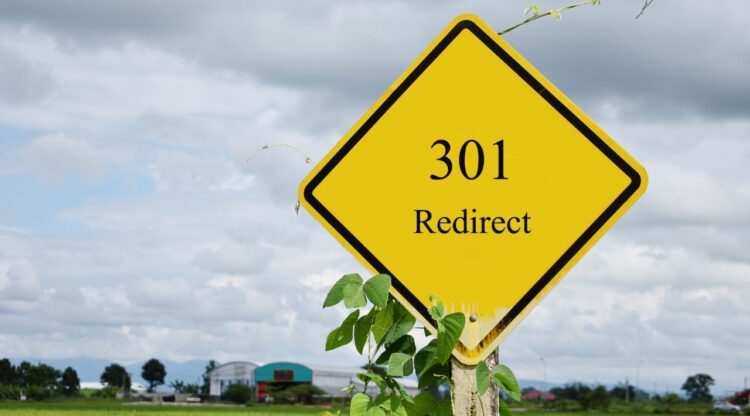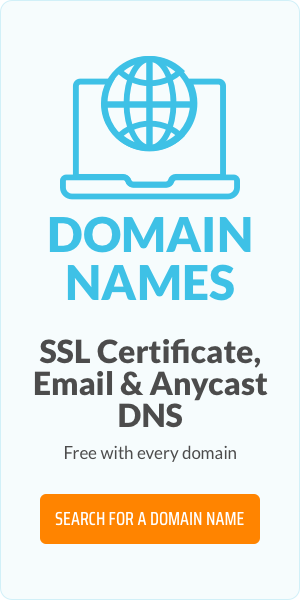Changing your domain name - 301 redirects & the missing link!

You've decided to change the name of your website. The reason why is irrelevant in this instance. With your new domain name registered, it's time to get it working with your existing website. In the back of your mind you know that there's something you need to do with redirecting links, but you have no clue what it is or how to do it. This post explains why you need redirects, what they do, and how to set them up...
You've got the perfect domain name, now what?
Whether you just fancied a change, you're rebranding, or you finally found the domain name you always wanted - you're now ready to use your new domain name and ditch the old one - whoopee!
WHOAH!!! Before rushing in blindly, there's housework to do. Yeah you can moan, but it's essential and not that bad - here's a list of things you have to do to ensure you don't lose traffic or page ranking.
The URL is the address of your website. Ours for this page is: https://www.eurodns.com/blog/how-to-do-301-redirects/. When you change your URL you will break the links that are pointing to your site. Whether they're internal links between pages or links from other websites. We as users don't have much patience, and when faced with a broken link we'll bounce out. You'll also be throwing away any SEO benefits that your links are bringing.
301 redirects are the solution
A 301 redirect tells web browsers and search engines that your website has been moved to another location, permanently. This method of redirection will keep all your SEO work and your visitors. Check out our URL forwarding support article which walks you through setting up a redirect.
- Your visitors can still type in your old domain name and they will be automatically redirected to your new website, without any disruption - they won't even notice.
- A 301 redirect will talk to search engines and tell them that your website has moved and give its new location.
- Search engines index websites and gather information to work out where to rank them on results' pages. A 301 redirect will tell the search engines to stop indexing your old website (with the old domain name) because its move is permanent. It then instructs it to start indexing the new one (with the new domain name) and transfer any link juice. Link juice is the power behind your links, i.e., the credibility brought with links from reputable sites to yours that in turn, drives up your ranking and brings visitors to your site.
302 redirects - in brief
A 301 redirect or permanent redirect, indicates to search engines that a page has moved - permanently. Whereas a 302 redirect or temporary redirect, tells search engines that a page has been moved but it's only a temporary move.
Both types of redirect will take the customer from the old page to the new, but only the 301 will tell the search engines to transfer any ranking from the old page to the new location.
Redirect chains
Whilst we're playing with redirects, it's time for a quick word of caution. You may be tempted to update a website by adding new redirects built upon old ones - you should avoid creating redirect chains. Each time you use a 301 redirect you'll lose a little bit of that valuable link juice. It's rumoured that after three chained redirects - the search benefit is lost altogether.
ERROR 404 - we're sorry but...
What's your reaction when you read this? I'll tell you mine - I look for another website, and this is what your visitors will do.
A 301 redirect helps get your visitors to the right page immediately and automatically, without having ERROR 404 thrust in their faces.
You've earned the trust, don't lose it
Search engines are like humans, they learn to trust websites, but it does take time. Inbound links from other well-established websites act as character references for your site. If you don't use a 301 redirect your website will be seen as brand new, meaning search engines have to learn to trust it all over again.
It's not perfect, like your new domain name; you will see a slight loss of visitors but it's only temporary. If you wait a couple of months - they'll be back, with friends.
Follow the advice above, take a look at our URL forwarding support article, and you won't go wrong - any questions, please give us a call.
